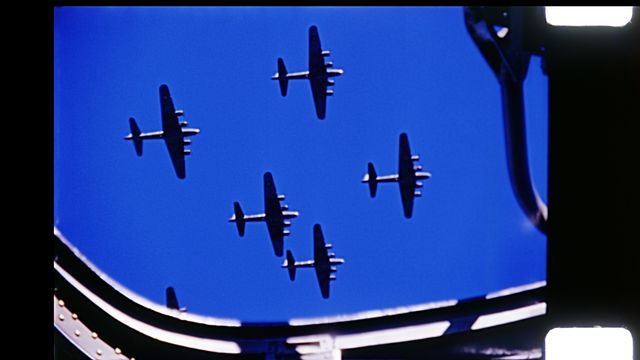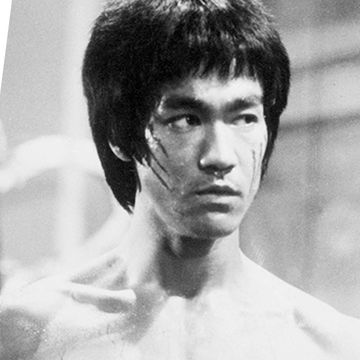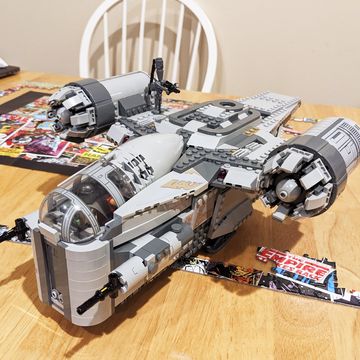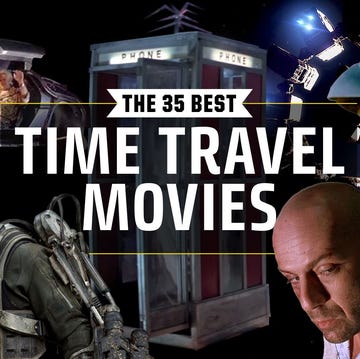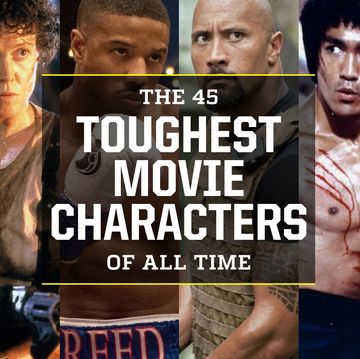Ever wonder how old and damaged film is converted into digital files ready for restoration? For the scoop, we asked Criss Austin, a motion picture preservation specialist with the National Archives and Records Administration who transferred all 15 hours of William Wyler’s 16mm Memphis Belle film footage to 4K for the World War II documentary The Cold Blue, which premieres June 6 on HBO.
The film stock that William Wyler shot in 1943 has shrunk since it was created. Kodachrome maintains its vibrancy, but tends to lose pliability and moisture over time. All of the outtakes to Memphis Belle had shrunk to an average of 1.4 percent.
To give you a sense of scope, modern film stocks don’t shrink beyond 0.2 percent. Shrinkage of 0.7 percent is considered a low preservation risk, while 1.3 percent or higher is considered an immediate preservation risk. Once the film reaches that stage, it’s difficult to preserve the film photochemically because the pitch of the sprocket holes won’t seat accurately on the sprocket teeth of the printers, causing registration and stability issues on the new copy.
“Photochemical preservation” just means preservation of a film by photographic means. Printing a new copy on new film stock and then developing and fixing the image is done using traditional photographic processes.
We had tried to make new film copies a decade before The Cold Blue project, prior to having digitization equipment, but the results were not satisfactory.
For the digital preservation of the film, we utilized our Spirit 4K scanner (the data sheet lists Bones as the software program, but we’re using DFT's updated Phantom Software). The Spirit has only one sprocketed roller used to aid in transport, so it’s incredibly gentle on the film.
The slow scanning speed of six frames per second also allows for a more stable transfer. By comparison, our standard contact printers for photochemical preservation run at 80 frames per second (fps). Because the scanner runs so slowly, it takes four times the running time to do the transfers. Over 10 hours of content time took over 40 hours of actual scanning time.
We overscan the image to capture the sprocket holes and any markings, such as edge codes, that provide additional technical information about the film stock that was used. Overscanning will also capture edge or perforation damage that can provide contextualization for the condition of the film.
The 4K resolution we scan at is 4096 x 3112, and we generate 16 bit, SMPTE Log, DPX files with a 4:4:4 color space. We ensure that we’re scanning within the appropriate parameters for the dynamic range—the black and white code values (one channel) are maintained at 64 – 940 out of a range of 0 – 1023. This leaves code values below black and above white levels to preserve the entire dynamic range of the film.
DPX files aren’t “video,” per se; rather, they’re a set of raster images, like TIFF, but designed specifically for the characteristics inherent in motion picture film. Each frame becomes one file, and each file is 72 megabits worth of data. The largest Memphis Belle outtake reel had 36,880 frames, at 922 feet long, generating 2.6 TBs of data for 25 minutes of run time. The entire project generated just over 80 TBs of material.
We then shipped the data to Creative Differences (The Cold Blue producer and director Erik Nelson’s company) in batches on 8TB G-Raid Drives. Generally, only three reels could fit onto a single drive at a time. Once Creative Differences pulled the data from the drives, they’d ship them back for another group of reels. The restoration work was done at Creative Differences.
Ultimately, our preservation DPX files were wrapped with the Library of Congress-developed Bagger digital records packaging and validation tool, then written off to LTO-6 tape, and managed and organized within our LTFS Strongbox Library. We generate three copies of the tapes—one that is considered near-line storage, another that is offline, and the last that is sent offsite to maintain geographical separation.
The film was returned to its 25-degree Fahrenheit vault, which slows down any deterioration that may continue.

Chuck Thompson is the author of five books, including a comprehensive two-volume guide to World War II battlefields.
